The above photograph was taken around 1910 by David McIntosh Rollo, a Cupar solicitor. It appeared in the 1911 Fife News Almanac. Below is the same image lined up with a similar view from recent times. David Rollo would have been around 43 years of age when he captured this image of some boating activity on the foreshore in front of White Cottage or thereabouts. Note the different appearance of the Crusoe Hotel in the background.
Rollo was a prominent figure in Cupar in the first half of the last century. A bailie and Justice of the Peace, he died in 1948 at the age of 81. As well as an amateur photographer, he was an avid bee-keeper who was secretary and treasurer of the Scottish Beekeepers Association for 28 years (Dundee Courier 6 December 1948). There is a photo of Rollo at the foot of this post, taken in 1935 at Montrave at a Scottish Beekeepers event (from 1936 Fife News Almanac).
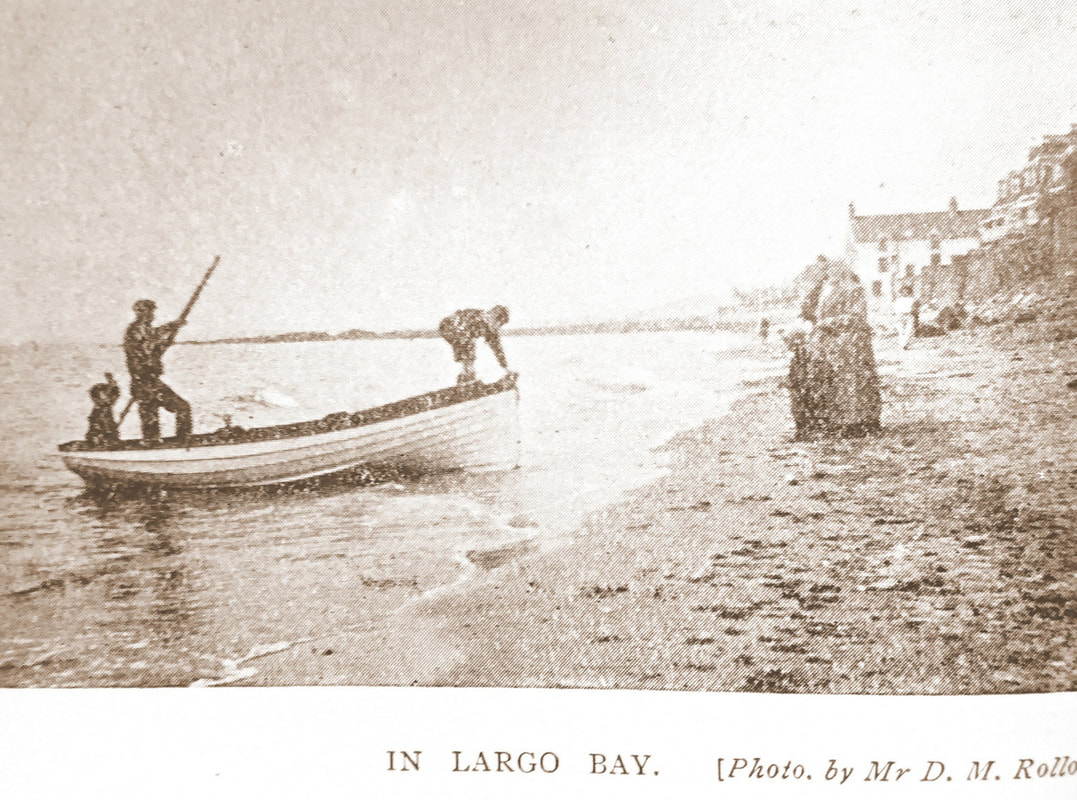
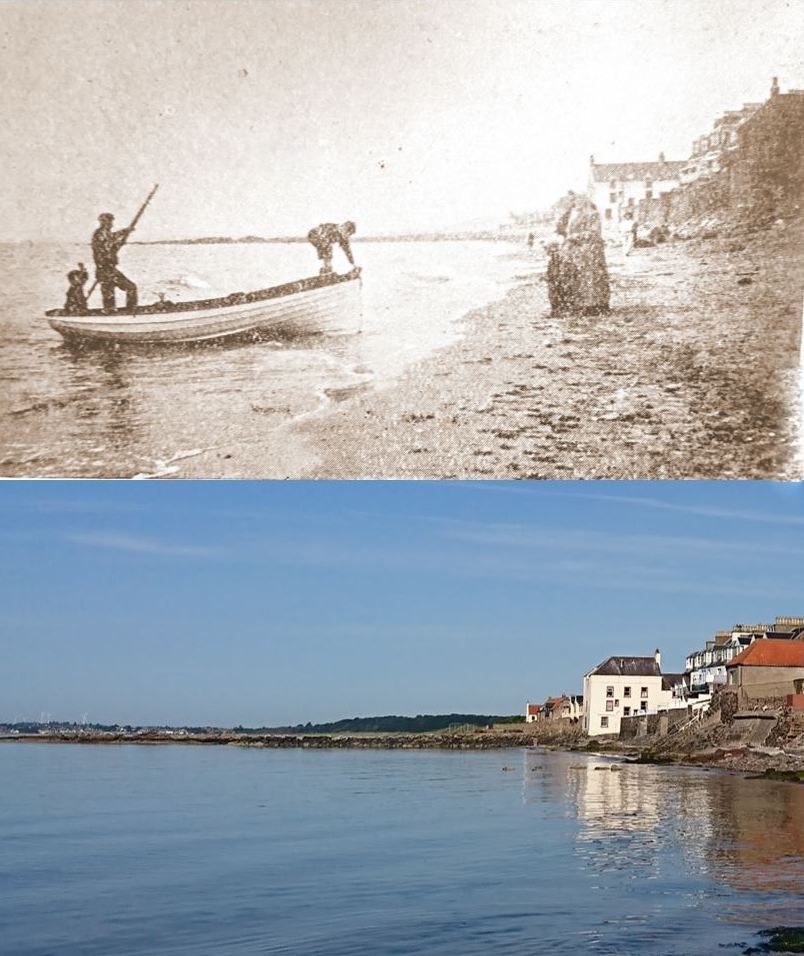
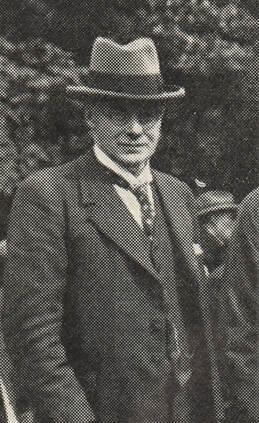


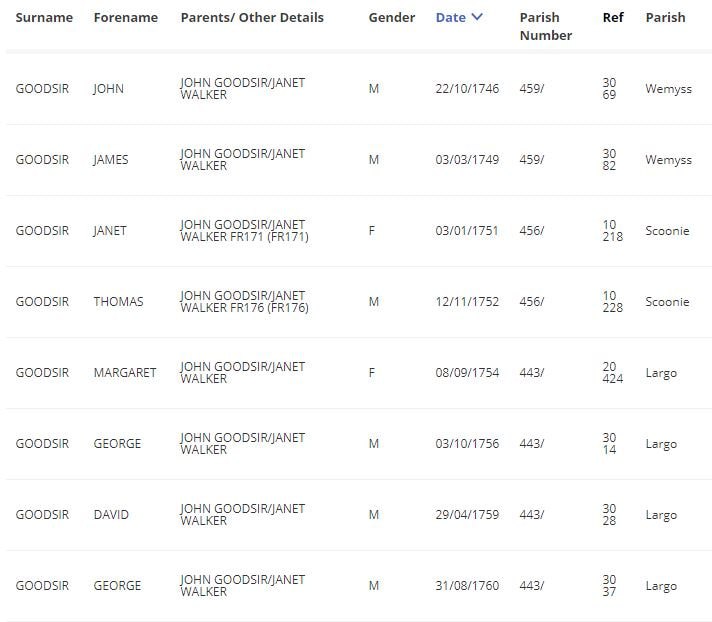

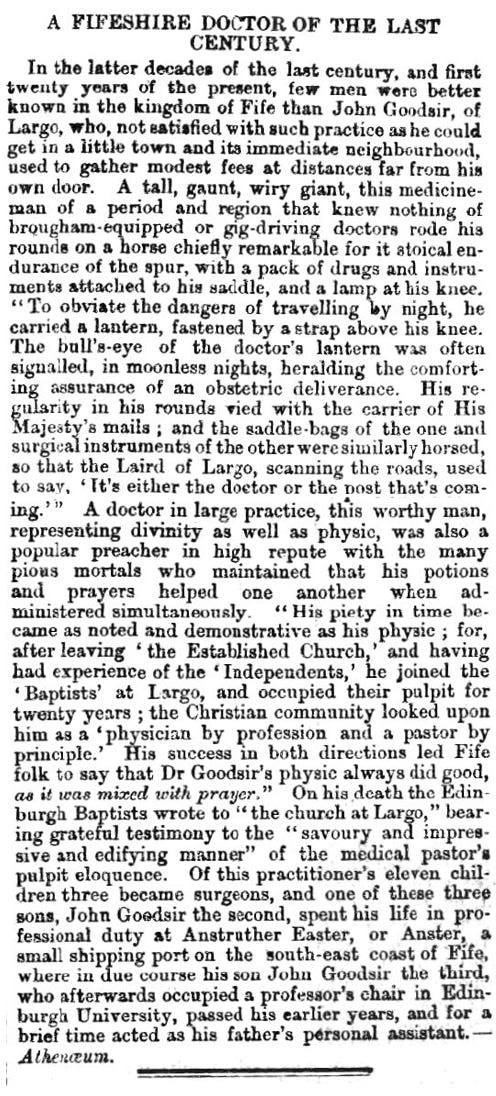
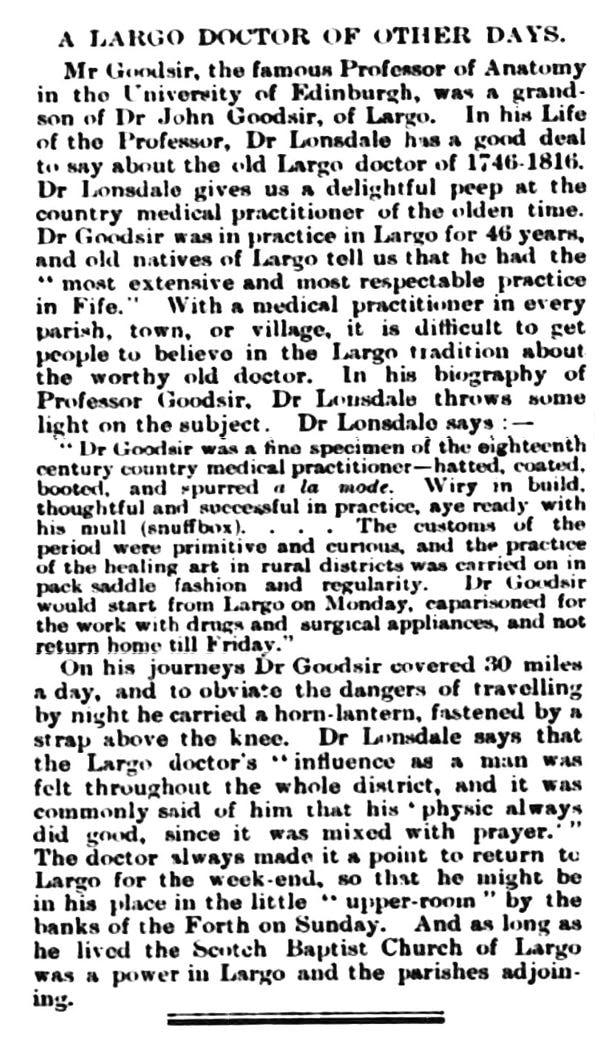
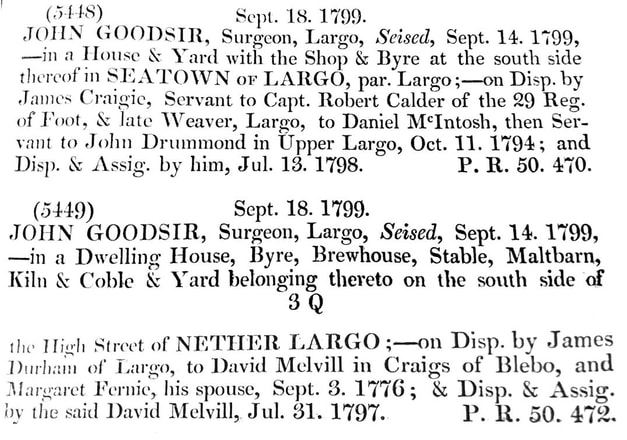

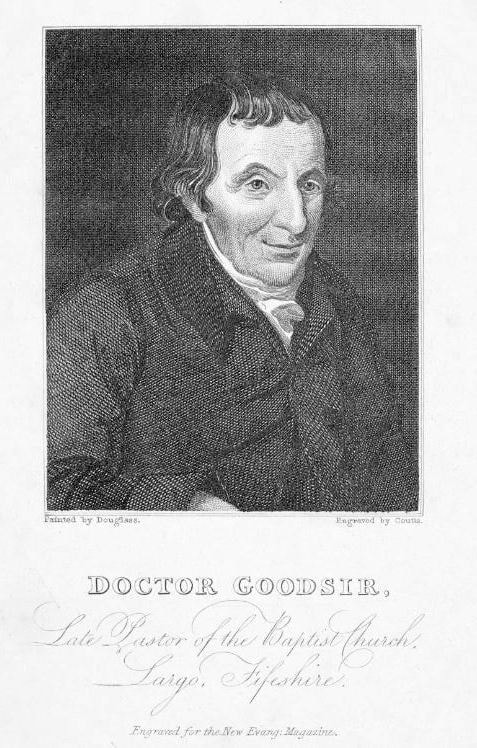
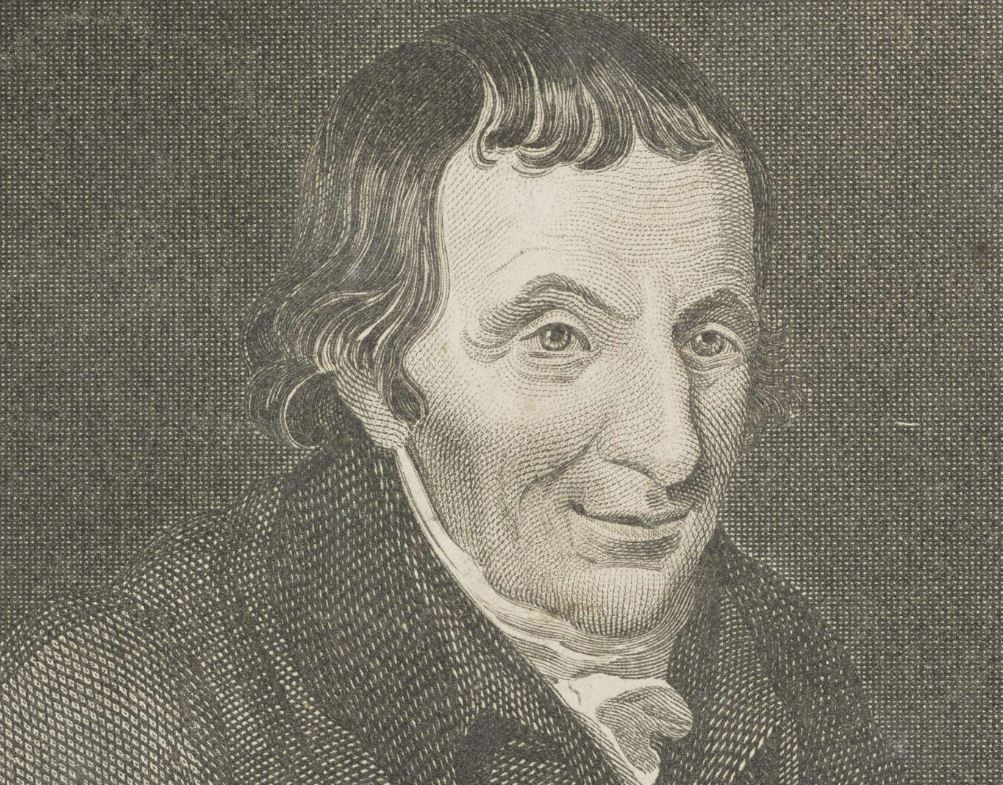
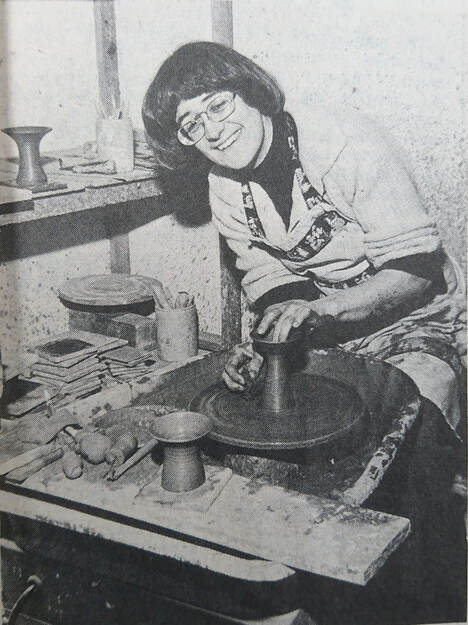
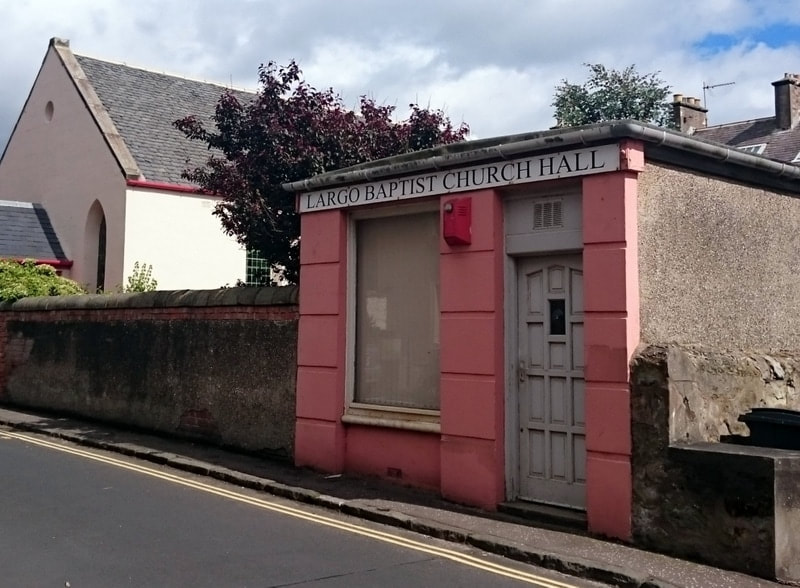
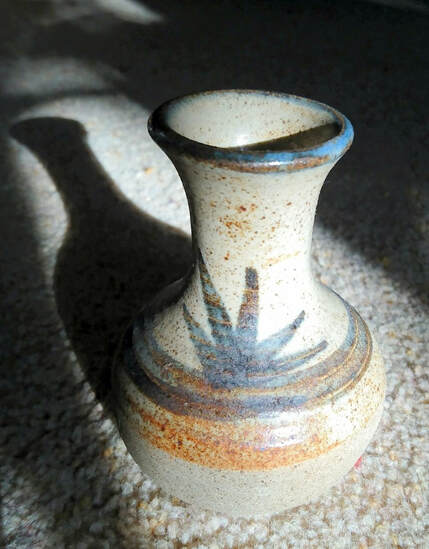
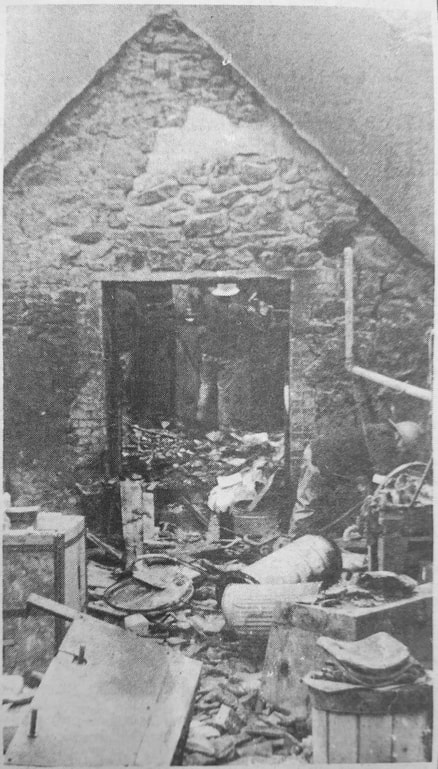
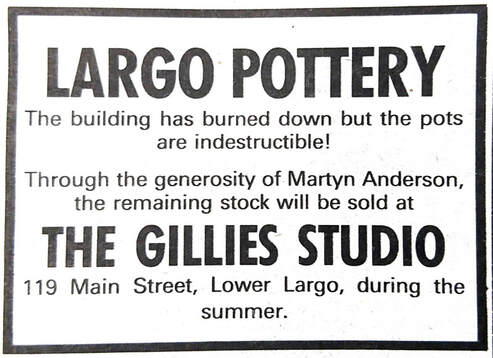
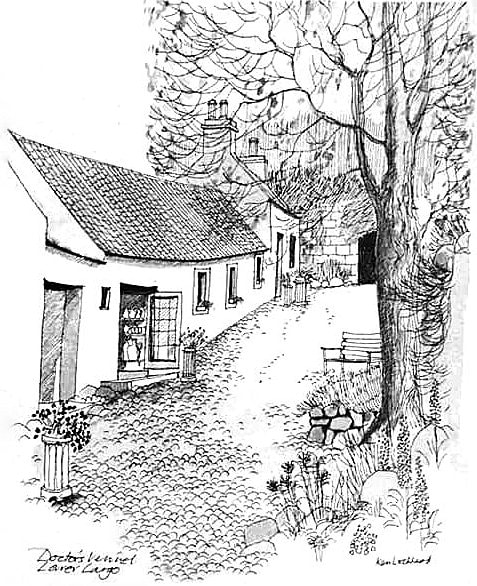
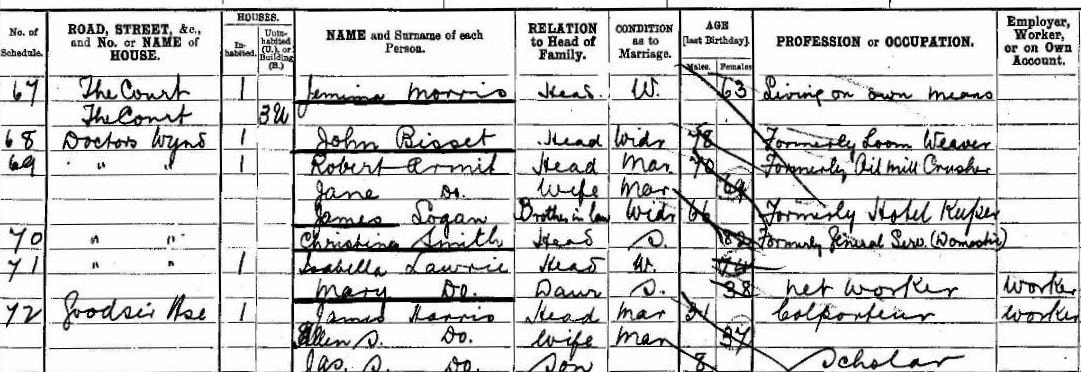

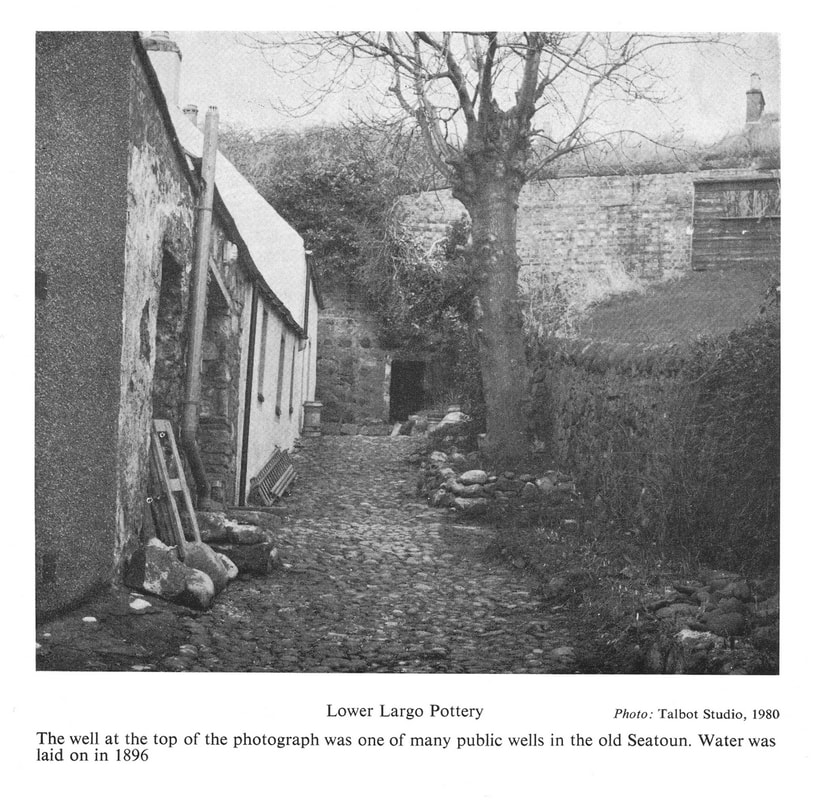
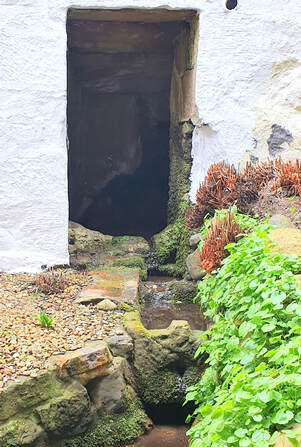
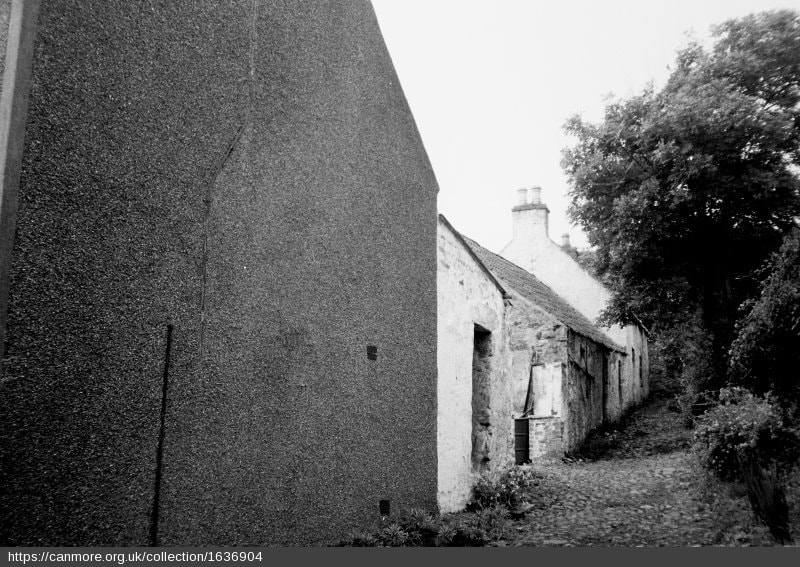
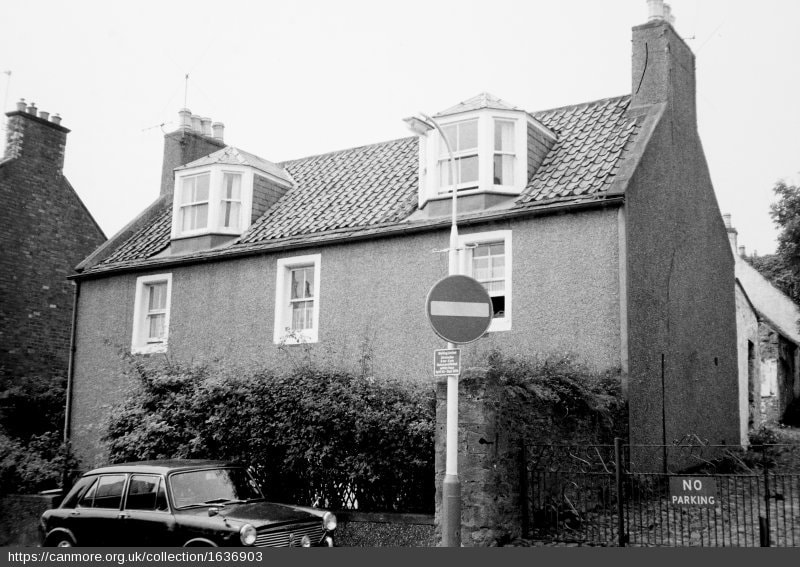
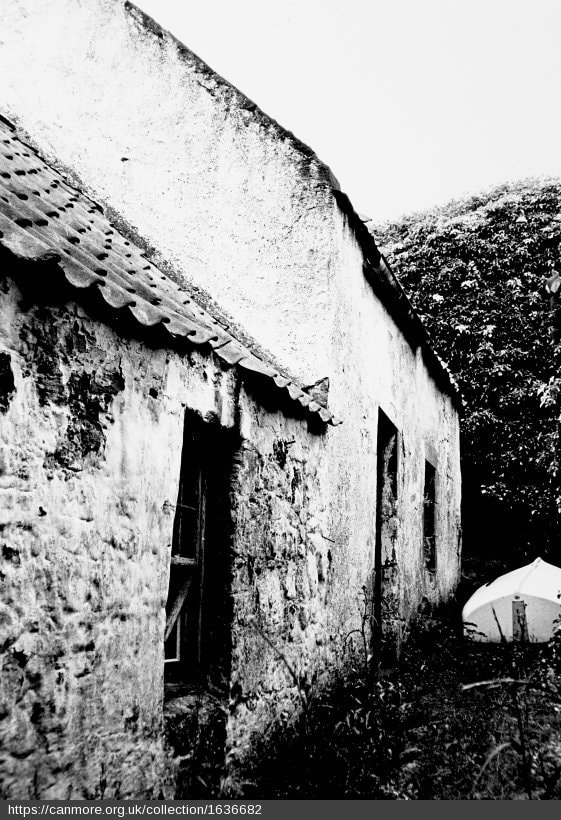
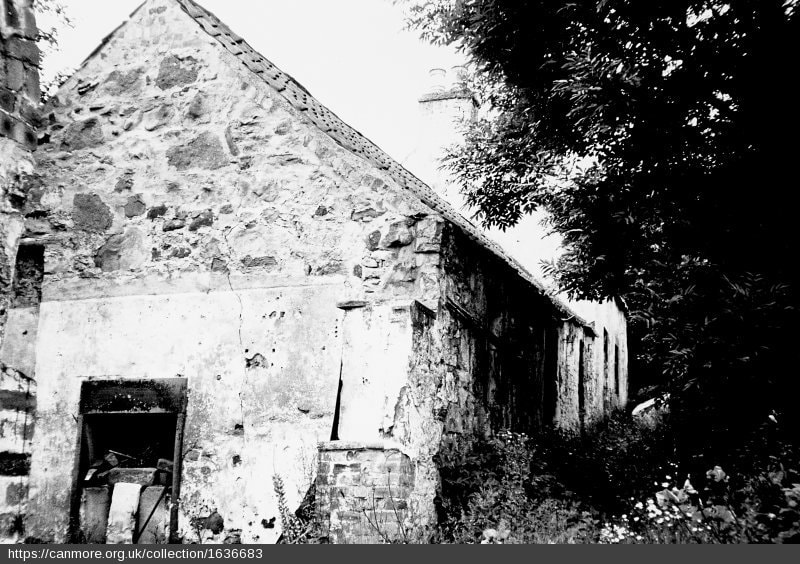
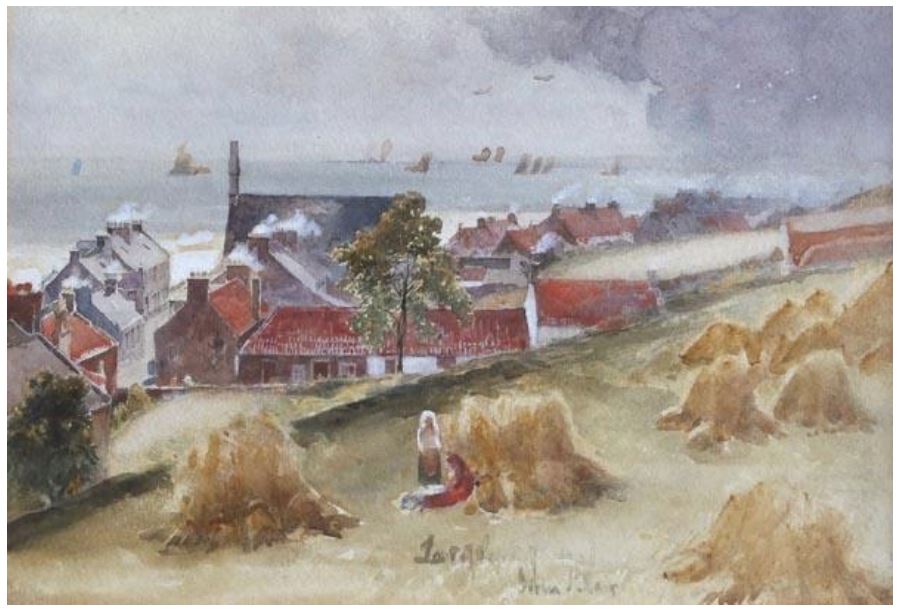
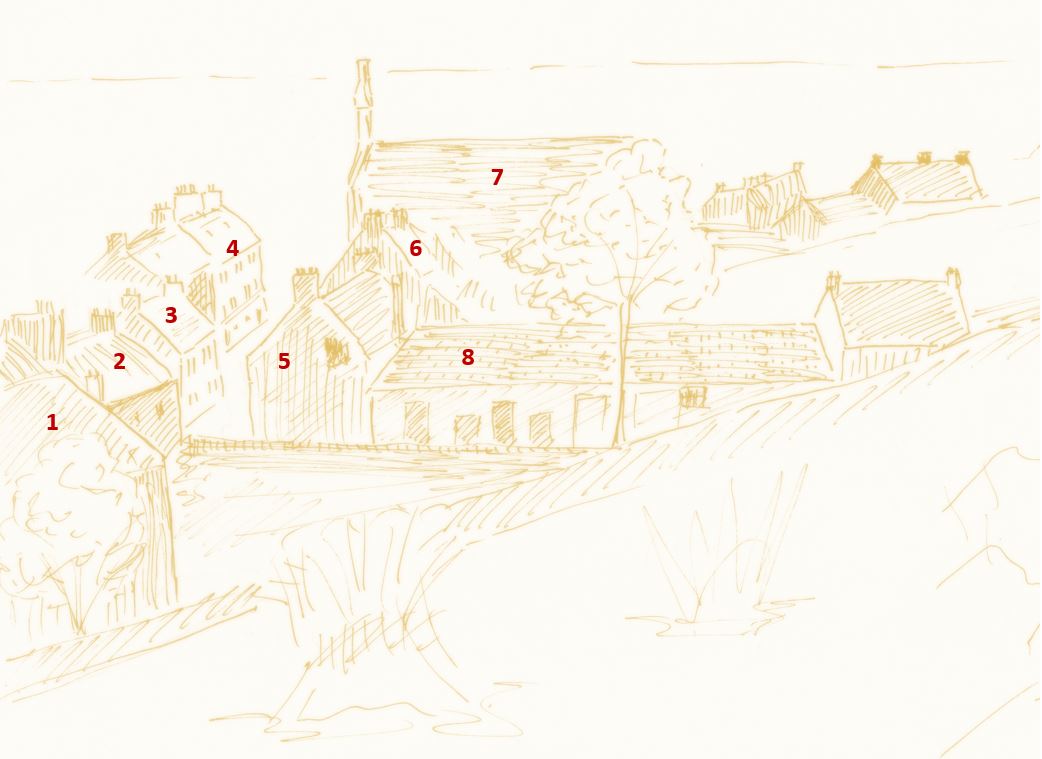
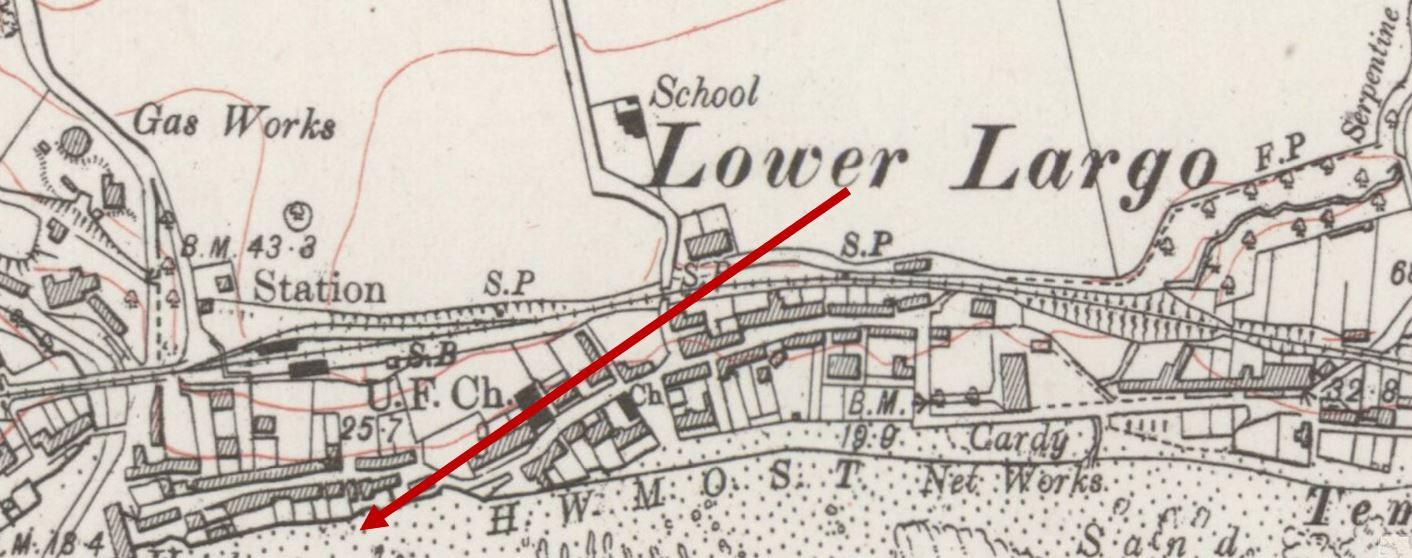
 RSS Feed
RSS Feed
